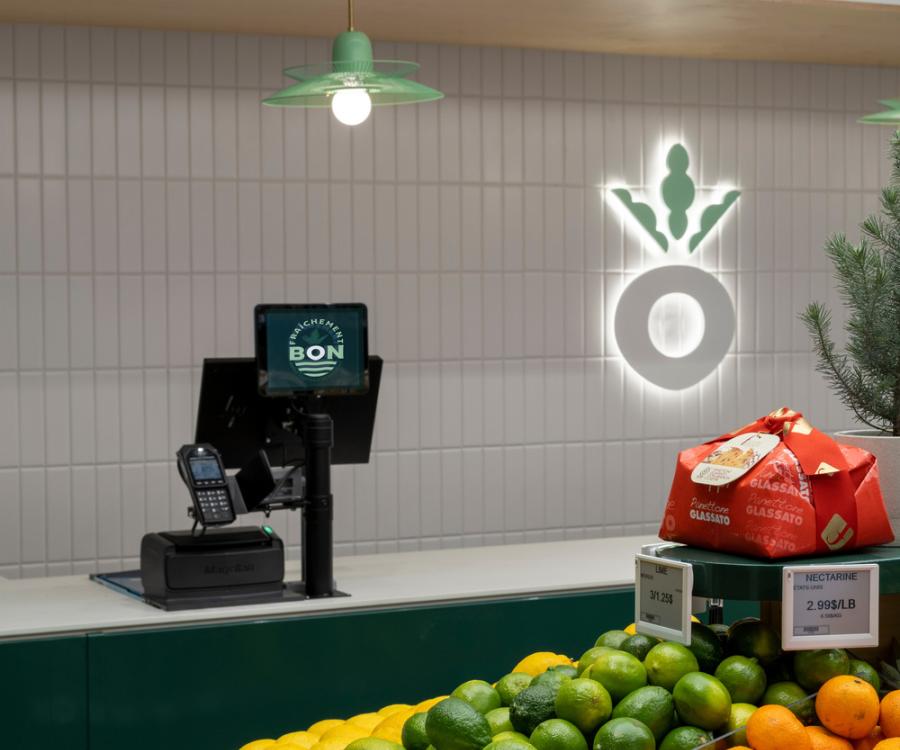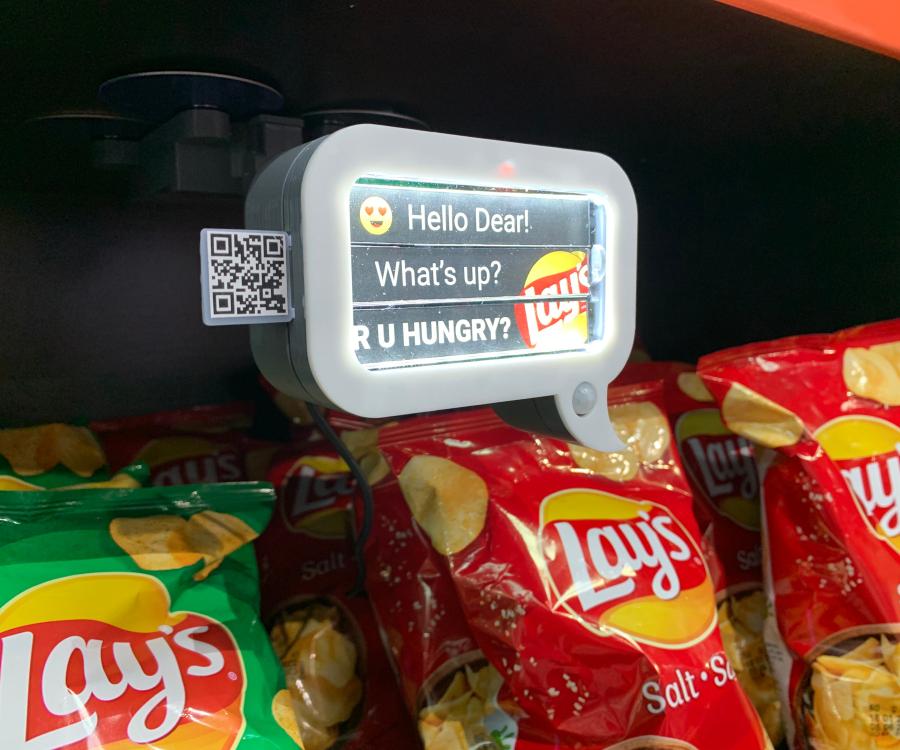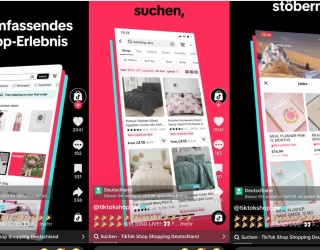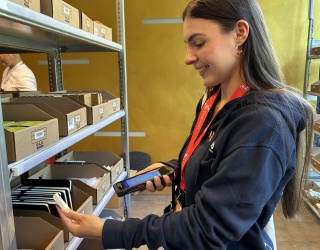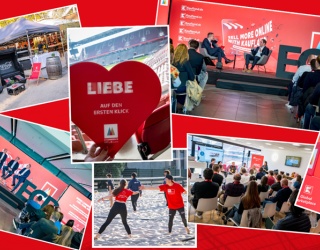
Shoppers are more likely to buy products that have more space around them than the same products surrounded by less space (less interstitial space) according to a new study from the University of Miami School of Business Administration. The findings found that more space between items in a store – like clothes on a rack or chocolates on a shelf – enhances perceptions of the store's prestige, the aesthetics and value of products, and therefore, increases purchase likelihood. The researchers found this effect across a vast array of products including food items, accessories, and personal care.
Specifically, the researchers wanted to explore whether more space between items can lead to better outcomes, why this occurs, and when this effect is stronger and weaker. In fact, previously there had been no research considering the effects of interstitial space on consumer perceptions.
The authors ran experiments both in the field and in the lab that kept the number of units for sale constant and simply manipulated the amount of space surrounding the items. For example, in one study they partnered with a retailer selling jewelry. The authors tracked sales both when the retailer used its typical display and when the retailer displayed the same number of items over twice as much space. The increase in space resulted in doubling the number of shoppers who purchased, resulting in a 50 percent increase in revenue per shopper.
Subsequent studies in the paper found that the boost in purchase and revenue was caused by the increased space between products, making the store seem more prestigious and also, independently, making the products seem better looking. Additional studies in the paper suggest that the effect also likely occurs for online retailing, in terms of the spacing of products on a screen, whether computer, mobile or otherwise.
"In the short term, stores can very easily manipulate product displays in time for the upcoming holiday shopping season. As such this study serves as a cautionary tale, 'buyer beware," said Claudia Townsend, assistant professor of marketing at the University of Miami School of Business Administration. "Importantly, this research helps shoppers by showing them how something external to the product may be biasing the way they evaluate items," added Townsend, who conducted the study with a colleague from the University of Georgia. "From the perspective of the seller, thinking more long-term, this research offers justification for seeking out larger retail space, even if it means paying a higher rent."

